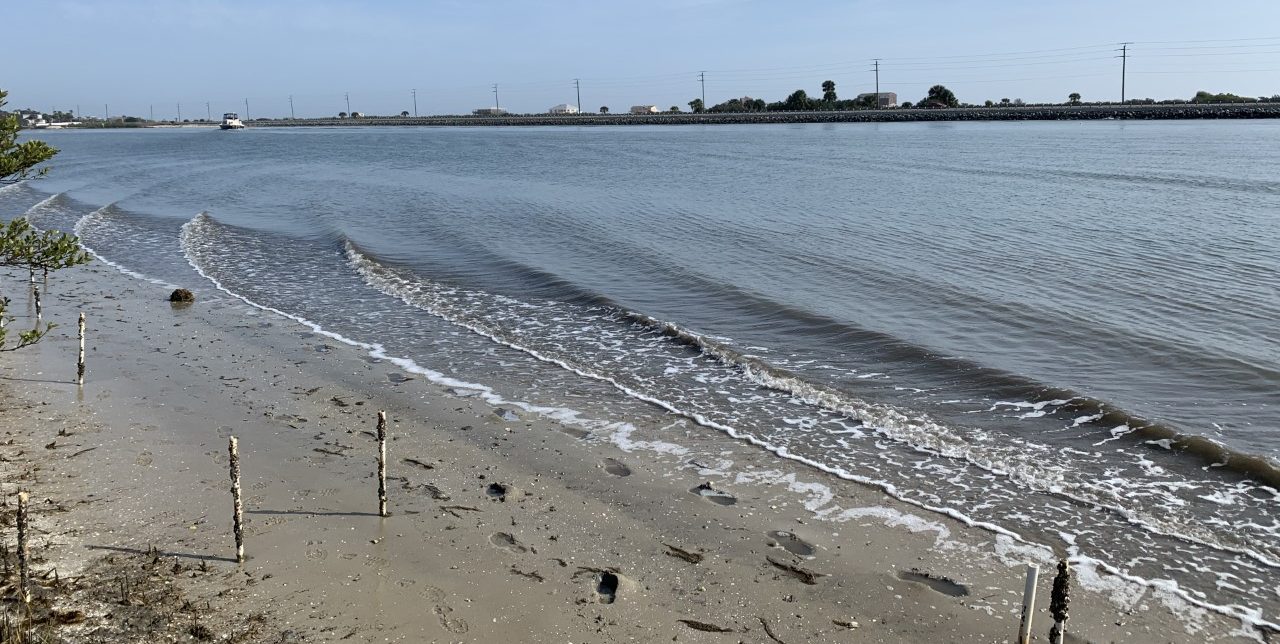Alex Sheremet, Ph.D., professor in the University of Florida Department of Civil and Coastal Engineering, is modeling ship waves in the state’s inland marshes to understand to what extent ship traffic contributes to the degradation of coastal ecosystems.
“I was interested in this because the wakes that are produced by boats are different from wind waves. They are transient and directional,” said Sheremet. “Classical methods developed to analyze wind waves do not apply to ship waves.”

The impact of boat wakes on the health of coastal ecosystems is difficult to measure and model because it is an accumulation of barely measurable effects. Moreover, essential wake characteristics such as wave height, dominant period, and duration, depend on the ship and navigation characteristics.
“It is almost like no two wakes are alike,” said Sheremet. “The challenge is to identify classes of wakes and their distribution in the boat traffic. I do this by studying sediment transport under individual wakes and using the results to reconstruct the large-scale effect of complex traffic patterns.”
Sheremet simulates wave generation and propagation processes using FUNWAVE-TVD, an established model based on the Boussinesq equations for shallow water waves, developed at the University of Delaware by Professor James Kirby, Ph.D. and his research group. The model is the official shallow water wave model of the U.S. Army Corps of Engineers (USACE) and has a long history of successful applications to a wide range of wave problems, from tsunami propagation to rip current generation and sediment resuspension by ship waves in inland marshes. its ability to simulate wave dynamics in environments with waves in specific areas, complex underwater topography, currents and with vegetation is essential for studying sediment transport and water movement in salt marshes. This is critical in developing mitigation approaches to protect coastal ecosystems.

Carola Forlini, Ph.D., a postdoctoral associate at the Naval Research Laboratory and University of Florida has collaborated with Sheremet in modeling boat wakes Florida Intracoastal Waterway.
“FUNWAVE-TVD is not just a tool for researchers,” said Forlini. “Its applications can have broad implications for society by enhancing maritime safety, protecting coastal communities and contributing to broad environmental sustainability. FUNWAVE-TVD represents a significant leap forward in our ability to understand and predict wave dynamics in coastal and oceanic systems.”
This ongoing research is in collaboration with the developers of the FUNWAVE-TVD model: Matt Malej, Ph.D. research scientist at the U.S. Army Engineer Research and Development Center and his research group, and with Professors James Kirby, Ph.D. and Fengyan Shi, Ph.D., from the University of Delaware’s Department of Civil and Environmental Engineering.
—
By Megan Sam
